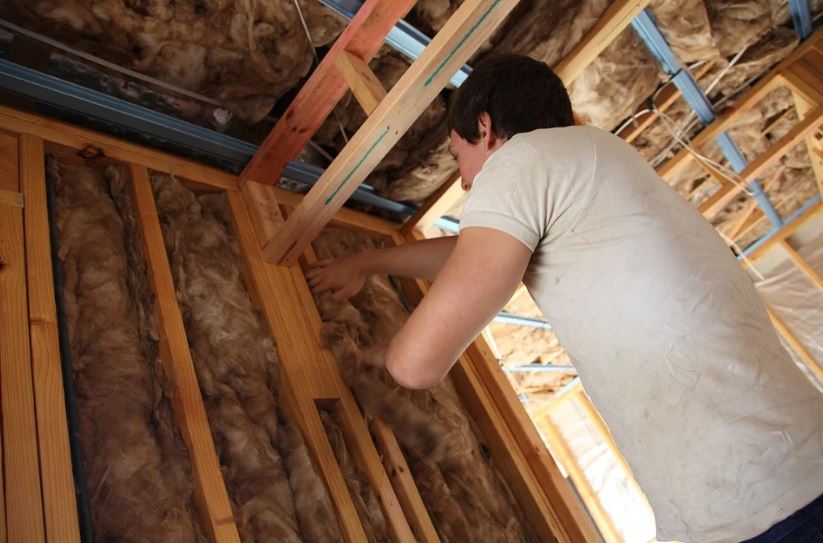Amid the increase in extreme weather conditions due to climate changes and power outages, insulating residential and commercial properties has become a necessity rather than an obligation. And as these factors increase, the cost of insulation also increases. For instance, the number of electrical grids that keep your home comfortable influences the cost of insulation you need.
But still, unless you are an insulating professional, it can be more difficult for you to understand the factors that determine the budget you need for your insulation demands. So, before doing anything else regarding your insulation needs, the first essential thing to do is to learn from the industry professionals, such as those providing cheap insulation services. With the help of these professionals, you will learn the cost of insulating plus the varying types of insulation.
The Average Cost for Insulating Your Home
The amount you pay for insulating your home varies greatly depending on the type of insulating materials, the location of your property, and whether your home is new or old. In addition, the labor and the amount of time the workers take to insulate your home also determine the amount you pay for such a project. But overall, the cost of insulating a home can range from three to ten thousand dollars.
But remember, this amount is what you pay as a complete package fee that charges everything from materials, labor, and anything involved from the start to the end of your insulation project. Or, if you decide to pay per square foot, you might end up paying more or less depending on the service charges of the insulation technicians and the size of your property.
Factors Affecting the Cost of Insulating Your Home
As mentioned earlier, the amount you pay for insulating your home depends on location, labor demands, insulating materials, and even the size of your property. And to better understand how each of these factors influences the cost, let’s break them down below.
Materials
The insulating materials influence the cost because different materials have varying advantages and disadvantages. And these pros and cons make each material insulate spaces differently. Some materials work better in specific locations, while others are better anywhere. On top of that, some materials insulate new homes better than others and vice versa. And some of the materials to look into include the following.
Fiberglass
Fiberglass is one of the famous and likely most inexpensive insulating materials. At the same time, fiberglass insulation is an excellent option for insulating wall cavities and between floors, especially in new homes or renovated spaces. Overall, the cost of fiberglass insulation can range from about one to three dollars per square foot.
Cellulose
Cellulose is also an excellent option for insulating wall cavities and spaces within floors. And the amount you pay for cellulose insulation depends on the size of your property and the amount of time it takes to spray the areas you want to insulate. So, you will likely pay less for a small house with fewer insulated spaces than for a big home with more rooms.
The Location
The location significantly affects the overall cost of insulation depending on climate consequences in the area and whether the insulating technicians travel to you. Or, the site can mean the purpose of the space you want to insulate as below.
Garages
Garages, unlike other spaces, rarely need insulation unless you plan to use them for other purposes, such as turning them into storage or a living area for visitors, or even as a workers’ quarter. In most cases, you might want to insulate your garage to reduce the energy bills or the consequences of heat loss that could affect properties stored inside the garage. But whichever the reason for insulating your garage, the cost of doing so is relatively cheap, considering it costs about one dollar per square foot.
Basements
The amount you spend on insulation requirements for basements is relatively higher because a basement needs more insulation than most spaces in the house. And for this reason, you will pay anything from one to two dollars per square foot.
Labor
Besides the material and location, another factor that influences the cost of home insulation is labor. And labor, in this sense, refers to the level of experience the insulating technicians you hire have. Experienced technicians always inspect the area and identify common causes of insulating problems, and as a result, they charge more than those who deal with a particular space and leave.

